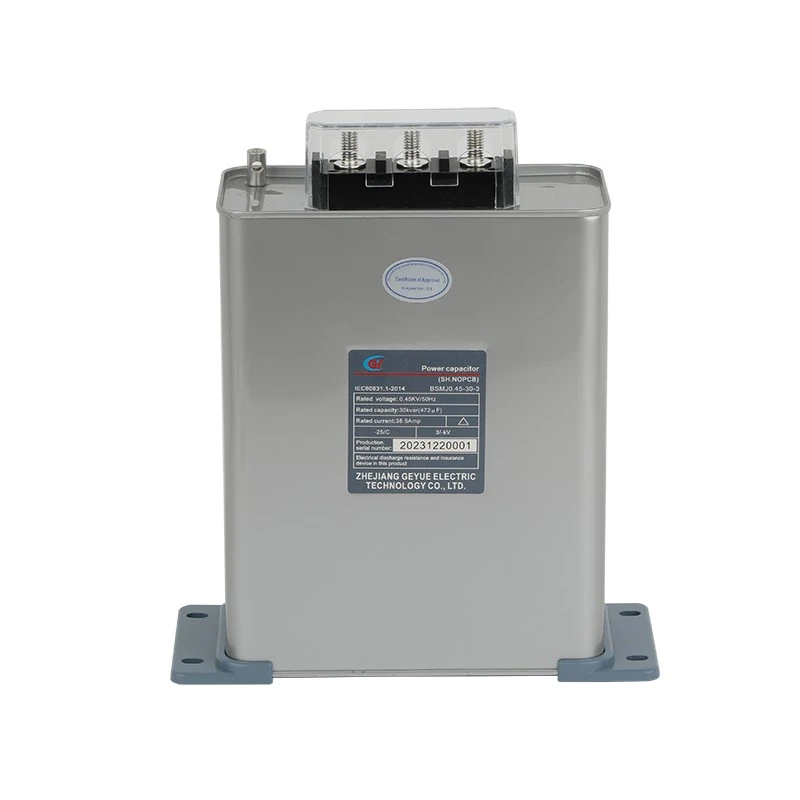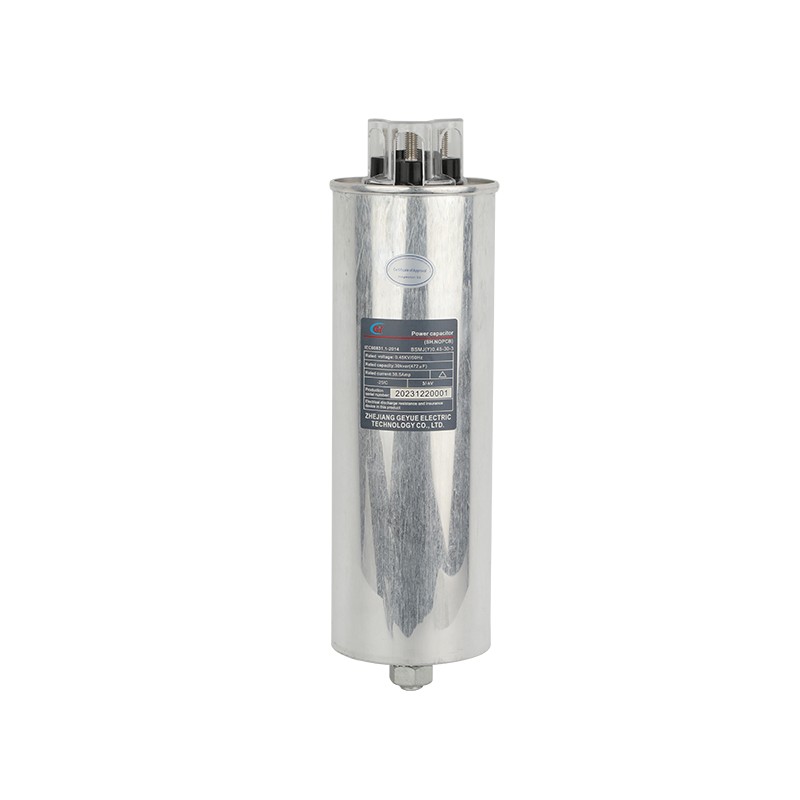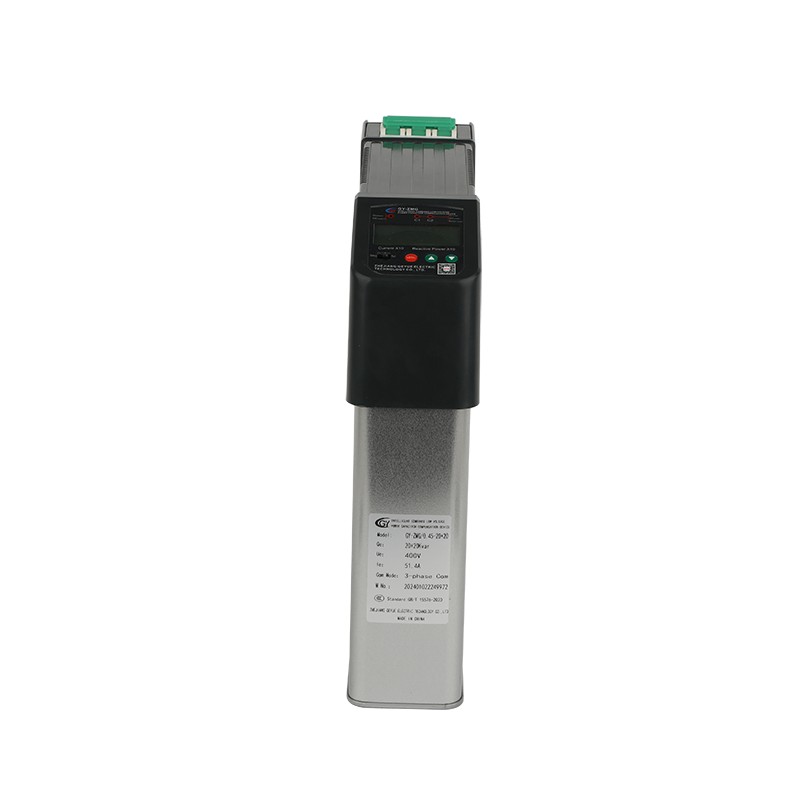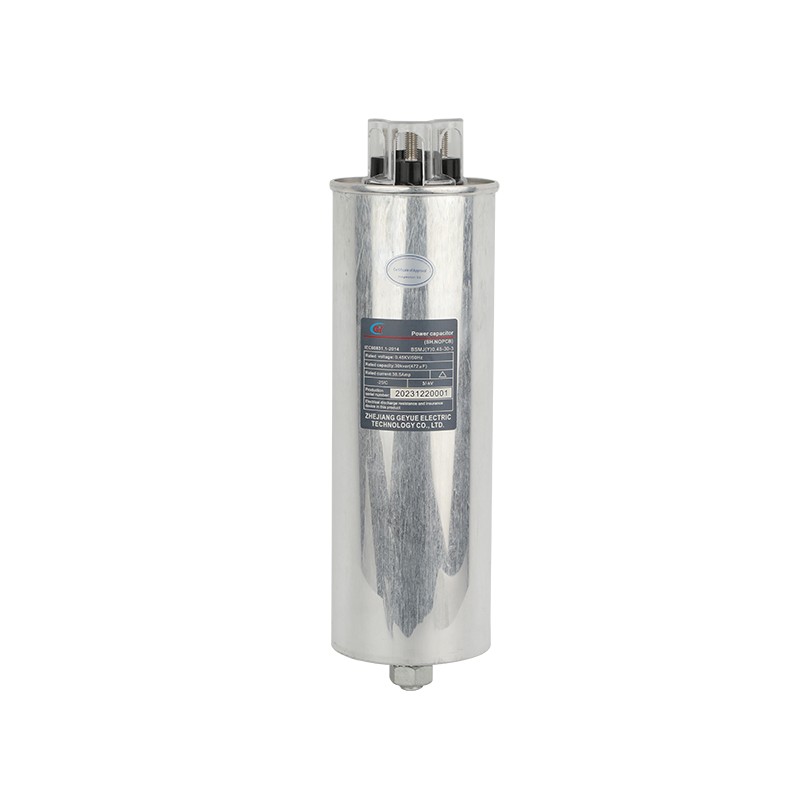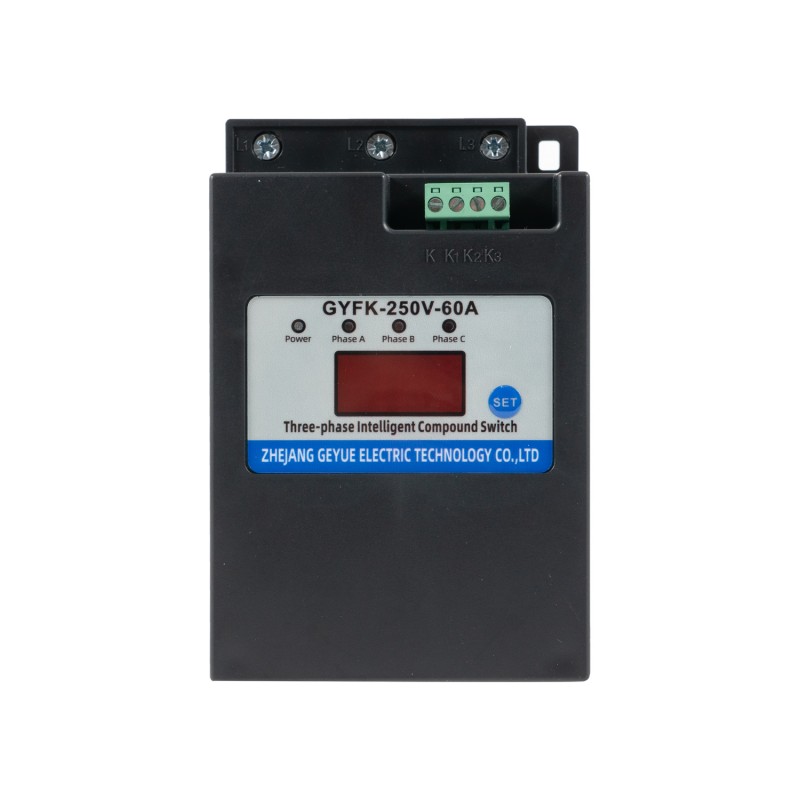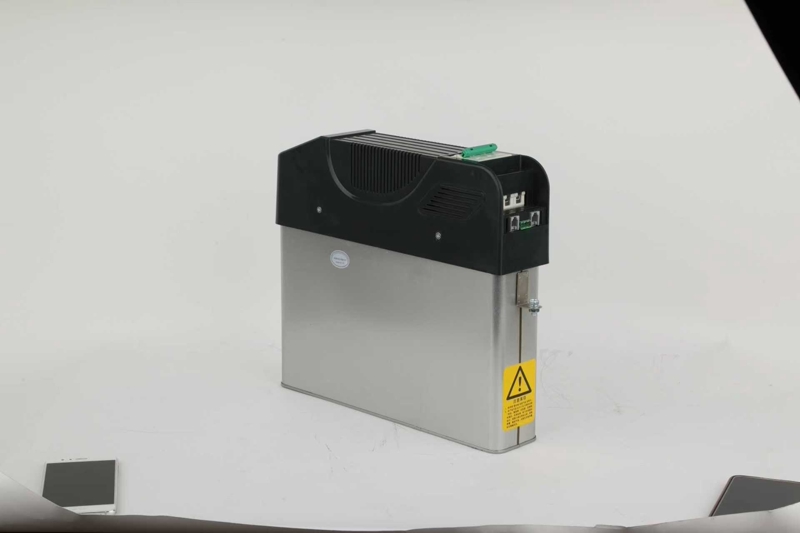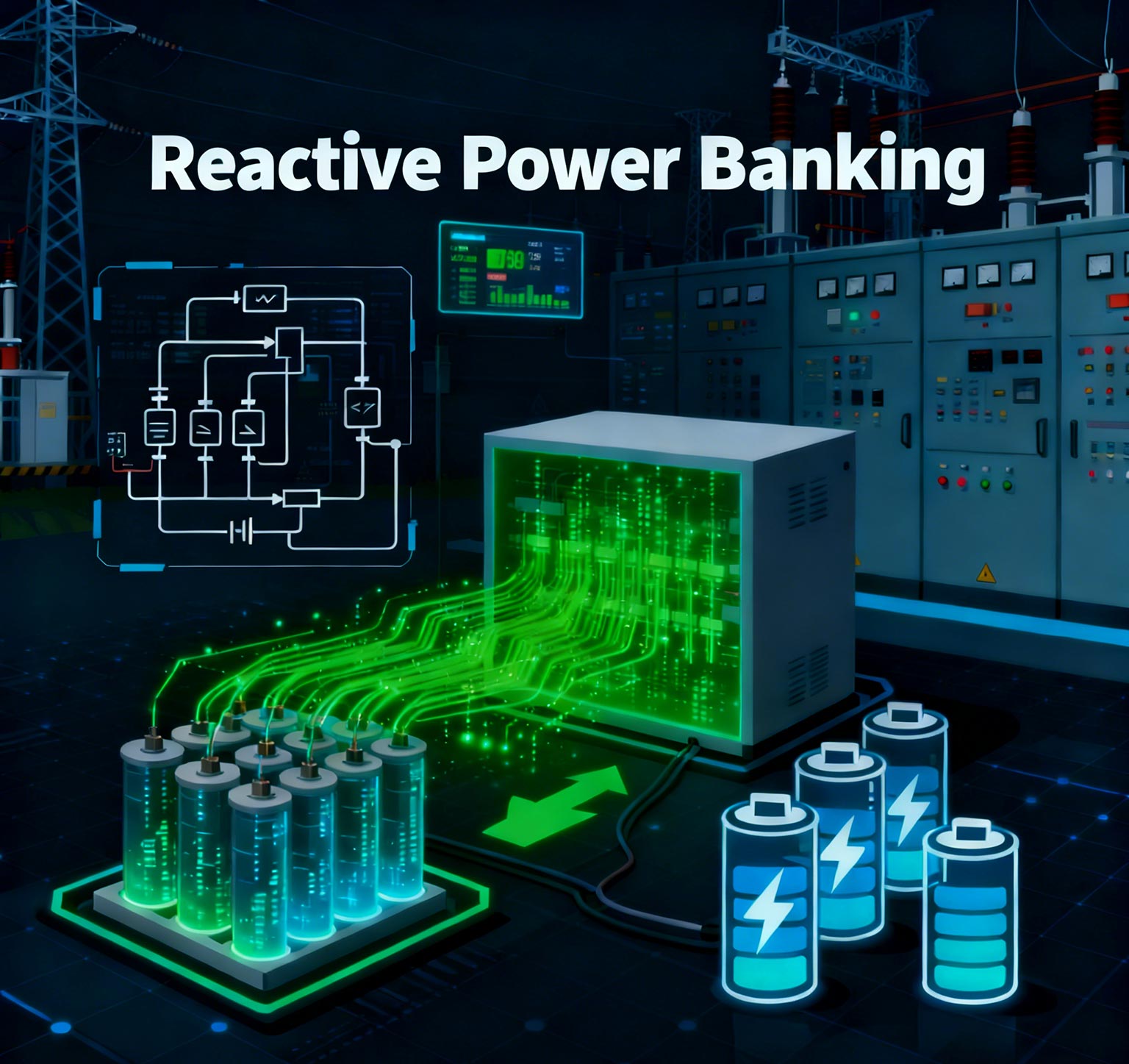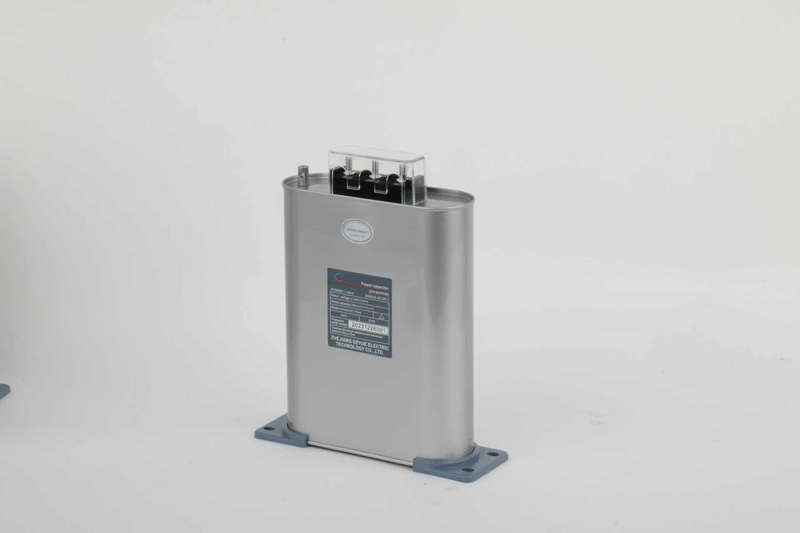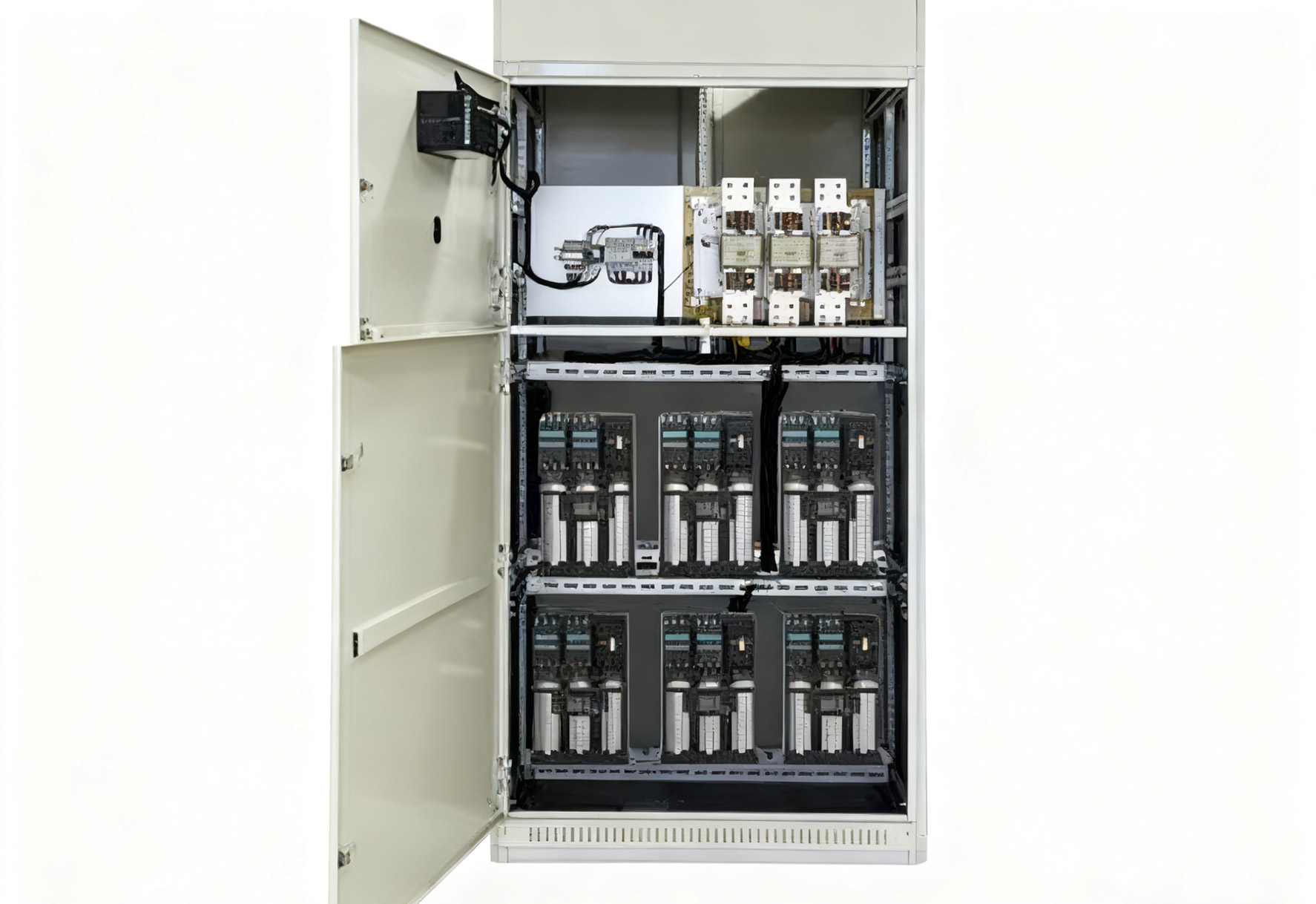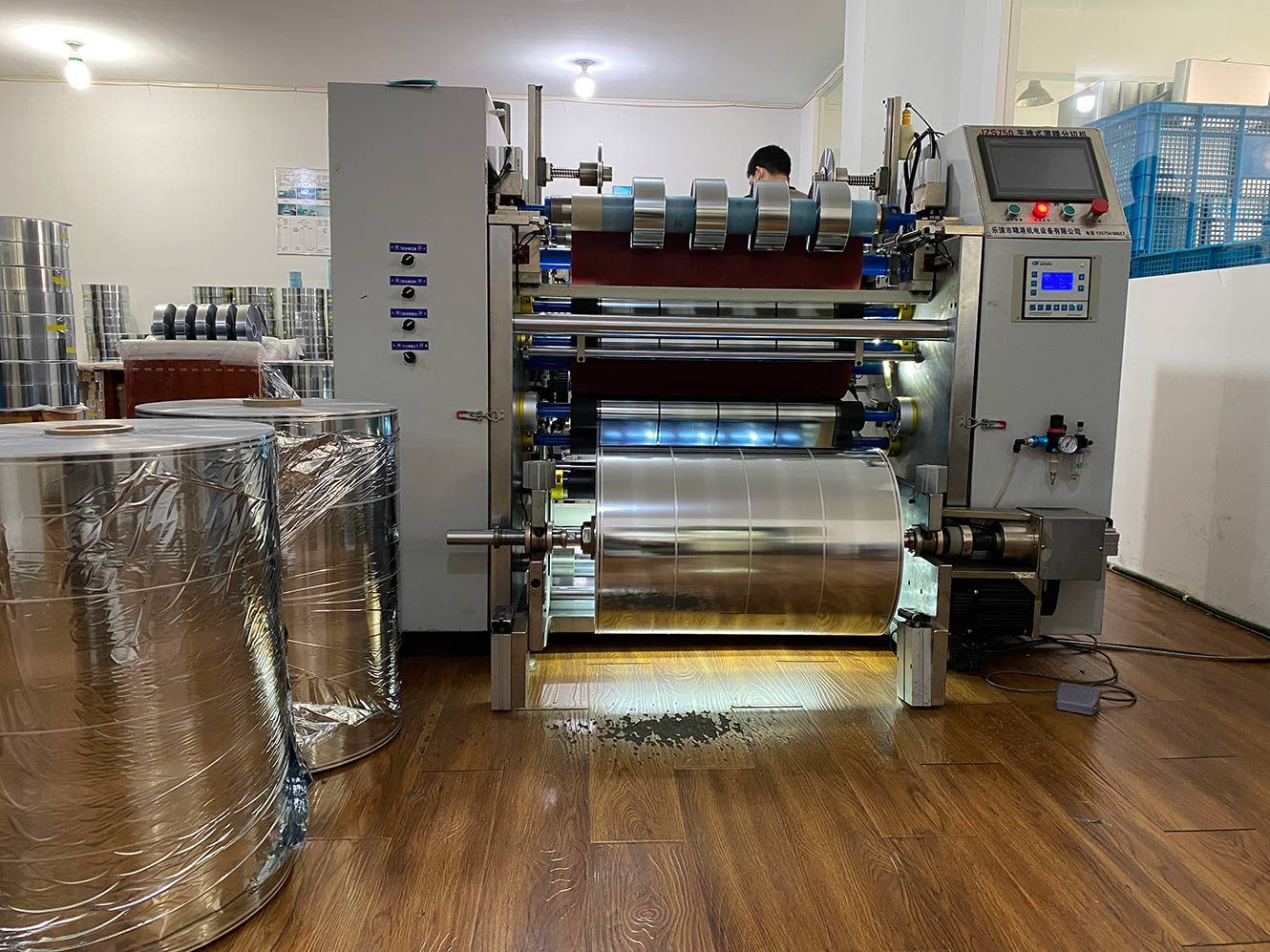How to Ensure the Accuracy of Reactive Power Compensation When a Microgrid Operates in Isolated Islands?
The island operation mode of microgrids serves as an important means to enhance power supply reliability, and it places specific requirements on reactive power compensation technology. As a manufacturer of low-voltage reactive power compensation equipment, Geyue Electric believes that ensuring the accuracy of reactive power compensation in the island mode requires innovative technological advancements in three dimensions: control strategies, equipment performance, and system collaboration.
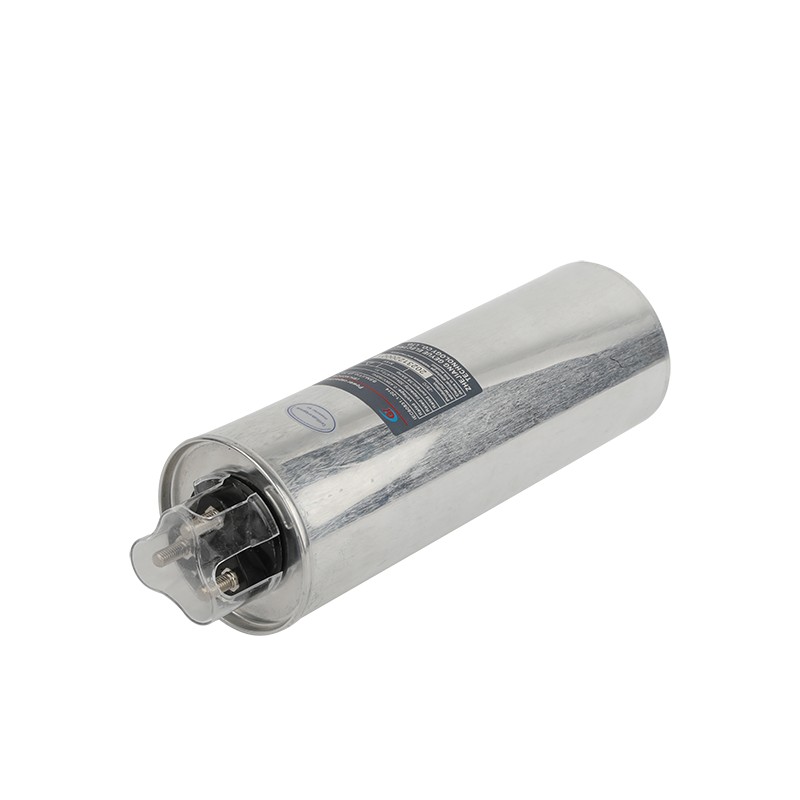
Innovations in Intelligent Prediction and Adaptive Control Strategies
When the microgrid operates in an isolated mode, it lacks the support of the main grid, resulting in a significant reduction in system inertia. Load fluctuations are more likely to cause voltage deviations. The traditional compensation method based on local measurements is difficult to cope with such complex conditions and requires the introduction of intelligent prediction algorithms. By analyzing historical operation data through machine learning technology, the trend of load changes and the fluctuation of distributed power generation output can be predicted in advance, enabling forward-looking regulation of reactive power.
Adaptive control is another key technology for ensuring compensation accuracy. In islanding mode, system parameters will change with the variation of operation mode. Controllers with fixed parameters are difficult to maintain optimal performance. By adopting advanced algorithms such as model predictive control, key parameters such as system impedance can be identified in real time, and control strategies can be automatically adjusted. The practice of a certain islanded microgrid shows that the compensation system with adaptive control can control the voltage deviation within ±0.5% of the rated value.
Multiscale coordinated control is also indispensable. Millisecond-level rapid response is used to suppress instantaneous fluctuations, second-level regulation addresses load changes, and minute-level optimization focuses on the overall economic operation. This hierarchical control architecture ensures dynamic performance while achieving optimal energy efficiency. The intelligent controller developed by Ge Yue Electric supports seamless switching among the three time scales, ensuring control accuracy under various operating conditions.
Integration of High-Performance Compensation Equipment and Precise Measurement Technology
Under the isolated island mode, the performance requirements for reactive power compensation equipment are much higher than in the grid-connected state. The equipment needs to have a wider adjustment range and a faster response speed. The new generation of static reactive power generators adopt silicon carbide and other wide bandgap semiconductor devices, with the switching frequency increased to more than five times that of traditional equipment, achieving precise fine-tuning of reactive power.
Precise measurement technology is the foundation for ensuring compensation accuracy. The voltage and frequency of the isolated island system may fluctuate. The traditional measurement method based on phase-locked loops will generate errors when there is a frequency deviation. By adopting a measurement algorithm based on adaptive filtering, the measurement accuracy can be maintained within the frequency range of 45-65Hz, providing reliable data support for the compensation control.
The fault-tolerant capability of equipment directly affects the reliability of the system. In the islanding mode, equipment failure may cause the entire system to collapse. By adopting a modular multilevel topology structure, the system can still operate even when a single sub-module fails, significantly improving the system's availability. After applying this structure to an important load microgrid, the availability of the compensation equipment reached 99.99%.
Deep Integration of Multi-Source Collaboration and Energy Management System
Island microgrids usually consist of multiple distributed power sources and require the coordinated optimization of reactive power resources. By establishing a unified reactive power and voltage coordinated control strategy, the reactive power regulation capabilities of photovoltaic inverters, energy storage converters, and dedicated compensation equipment are integrated and utilized to form a multi-level reactive power support system.
The deep integration with the energy management system is of vital importance. The compensation equipment needs to receive optimization instructions from the upper-level system and simultaneously upload its operating status in real time. The communication interfaces that support international standards such as IEC 61850 enable this two-way interaction, making the compensation equipment an important component of system-level optimization.
Virtual inertia control technology offers a new solution. By using control algorithms to simulate the inertia characteristics of synchronous generators, the compensation equipment can provide instantaneous reactive power support during load fluctuations, effectively suppressing voltage fluctuations. This technology is particularly suitable for isolated microgrids with a high proportion of new energy access, significantly improving system stability.
The accuracy guarantee of reactive power compensation during the isolated operation of a microgrid is a complex system engineering that requires innovations in control strategies, equipment performance, and system collaboration. Geyue Electric will continue to advance related technological research and development, providing high-precision reactive power compensation solutions for various isolated microgrids. We believe that with the continuous advancement of technology, the operational reliability and power quality of isolated microgrids will be further improved, making greater contributions to power supply security for critical loads and the consumption of renewable energy. If your project requires support from reactive power compensation solutions, please feel free to write to info@gyele.com.cn.
- What Role do Reactors Play in Modern Power Systems?
- Can Capacitor Switches Become Key Equipment in the Smart Grid Era?
- How Has the CJ19 AC Contactor Become a Reliable Choice for Capacitor Switching?
- Can Cylinder Self-healing Shunt Capacitor Become the Ideal Choice for the Smart Grid Era?
- Apart from Saving Electricity Costs, What Value does Low-Voltage Reactive Power Compensation Bring to Enterprises?
- How does the Temperature Dependence of a Capacitor's Capacitance Value affect the Tuning Point of a Detuned Filter Circuit?

